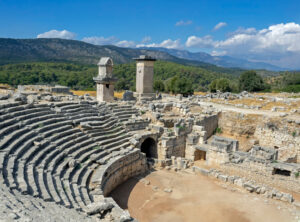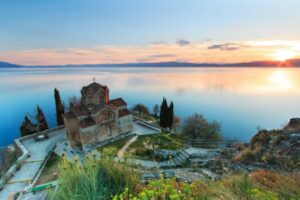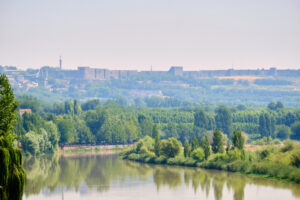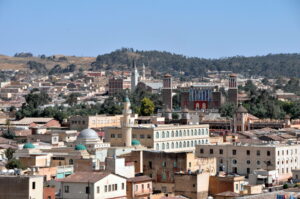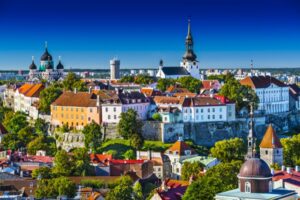| Registration Classification | cultural heritage |
| Registration Criteria | (2),(3) |
| Year of registration | 1988 |
The provinces of Antalya and Mulla in southwestern Turkey, facing the Mediterranean Sea, were home to the unique culture of the Lycian nation. Xanthos-Letoon is famous for its unique burial custom of placing graves on top of pillars, a fusion of Lycian traditions and Greek culture.
Here, a World Heritage enthusiast explains why Xanthos-Letoon is a World Heritage Site in an easy-to-understand manner. Read this and you will definitely learn more about Xanthos-Letoon!
Who is Xanthos-Letoon?
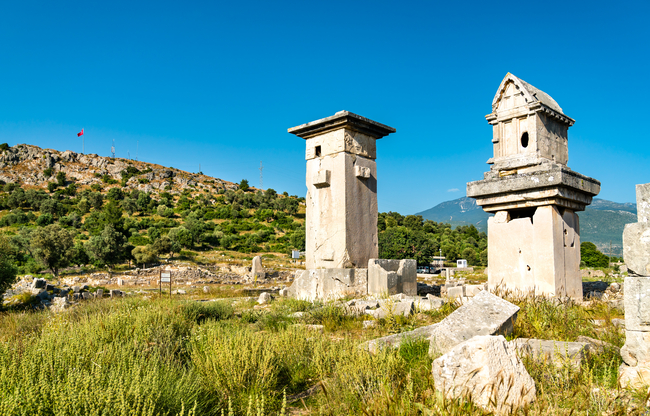
In the southwestern part of the Anatolian Peninsula, where the Republic of Turkey now stands, near the border between the provinces of Antalya and Mulla, there are two archaeological sites, Xanthos-Letoon.T hese are ruins belonging to the Lycian civilization, which preserves the enigmatic Lycian culture to the present day.
Although Lycia was a small city-state, it is believed to have had relations with Greece, Rome, and the Byzantine Empire, and was a nation with a unique culture.In particular, there are Greek and Lycian inscriptions in Letoon that indicate that Lycian was once a unique language of the Indo-European language family. The inscriptions have allowed us to successfully decipher the Lycian language.
Xanthos
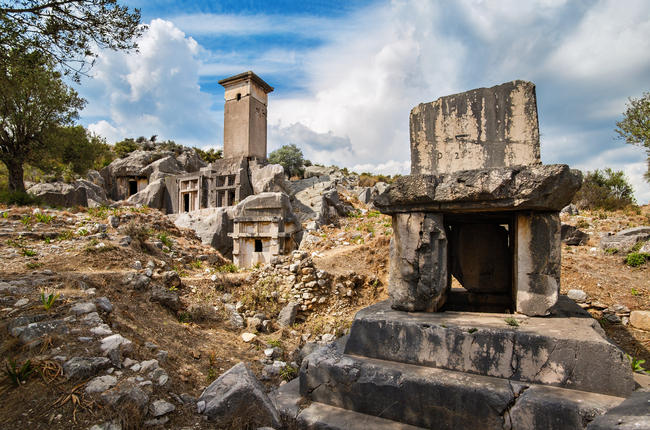


Xanthos, located in the province of Antalya, was the main city of Lycia.The city retains a blend of Lycian traditions and Greek culture in its architecture. The ruins are also very unique in their burial architecture, with rock-hewn tombs and sarcophagi placed on pillars.These are located in nearby Bodrum and even influenced the Mausoleum of Halicarnassus, one of the Seven Wonders of the World, and others.Here, there is also a relief called a harpyia (harpy), which seems to indicate that the souls of the dead were guided to heaven.
The name “Xanthos” was given by the Greeks, who called the city where the Lycians lived this way. Records of the city date from the Persian Empire around the 6th century. The remaining acropolis in the south was reconstructed in the Hellenistic period after the conquest by Alexander the Great. There is also a well-preserved Roman theater on the site, and the ruins of a church from the Byzantine Empire period still remain.
Letoon
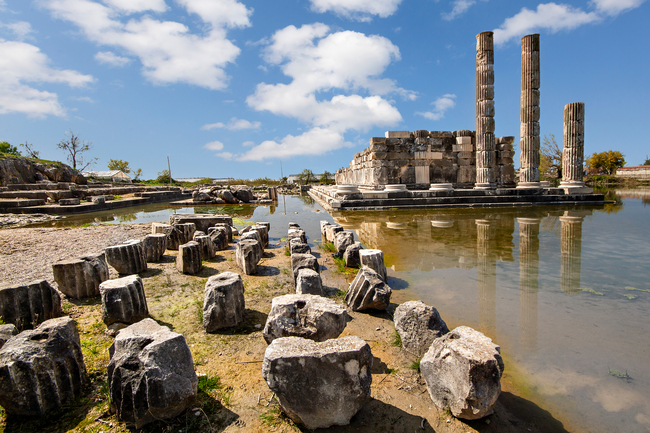


6 km southwest of Xanthos, the city is believed to have been built around the 6th century BC and was conquered by the Greeks in the 4th century BC. The name Letoon is derived from the Greek goddess Lato. It is believed to have been a kind of sanctuary for the Lycians, a place where the rulers of the surrounding cities gathered for meetings and religious ceremonies.It is also famous for the discovery of inscriptions written in three languages: ancient Greek, Lycian, and Aramaic.
For what reason is Xanthos-Letoon on the World Heritage List?
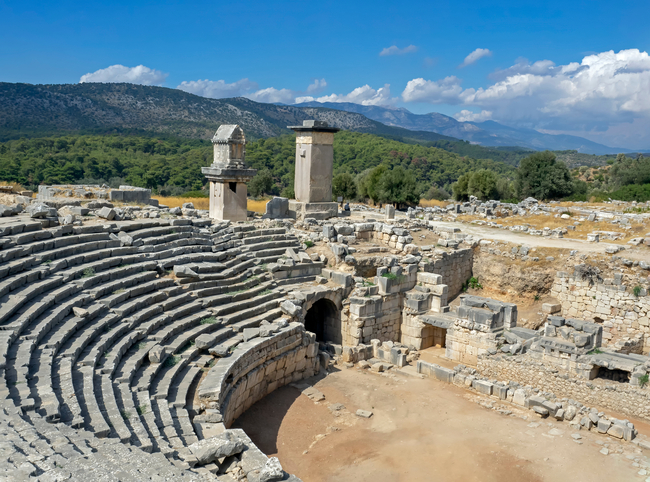


Xanthos-Letoon was recognized for the following
Registration Criteria (ii)
The point is that Xanthos and Letoon influenced the architectural style of the surrounding cities, as well as the mausoleum of Halicarnassus in Bodrum.
Registration Criteria (iii)
The many inscriptions found within the ruins and the sarcophagi placed atop the pillars are evidence that a unique Lycian civilization existed here.
World Heritage Mania Conclusions and Impressions
Xanthos and Letoon were the central cities of the Lycian civilization, which had a unique culture different from that of Greece, including their language and tombs placed on pillars. And their architectural style influenced the cities scattered around them.
Incidentally, “Nikolaos of Myra”, the origin of Santa Claus, was from the city of Myra in Lycia. In a sense, one might say that Santa Claus originated in Lycia….Incidentally, there is even a statue of Santa Claus in the nearby city of Demre, despite the fact that Turkey is a predominantly Muslim country.
*These are just some of the observations made by a World Heritage Site enthusiast.As for the data, interpretation differs depending on the media.
